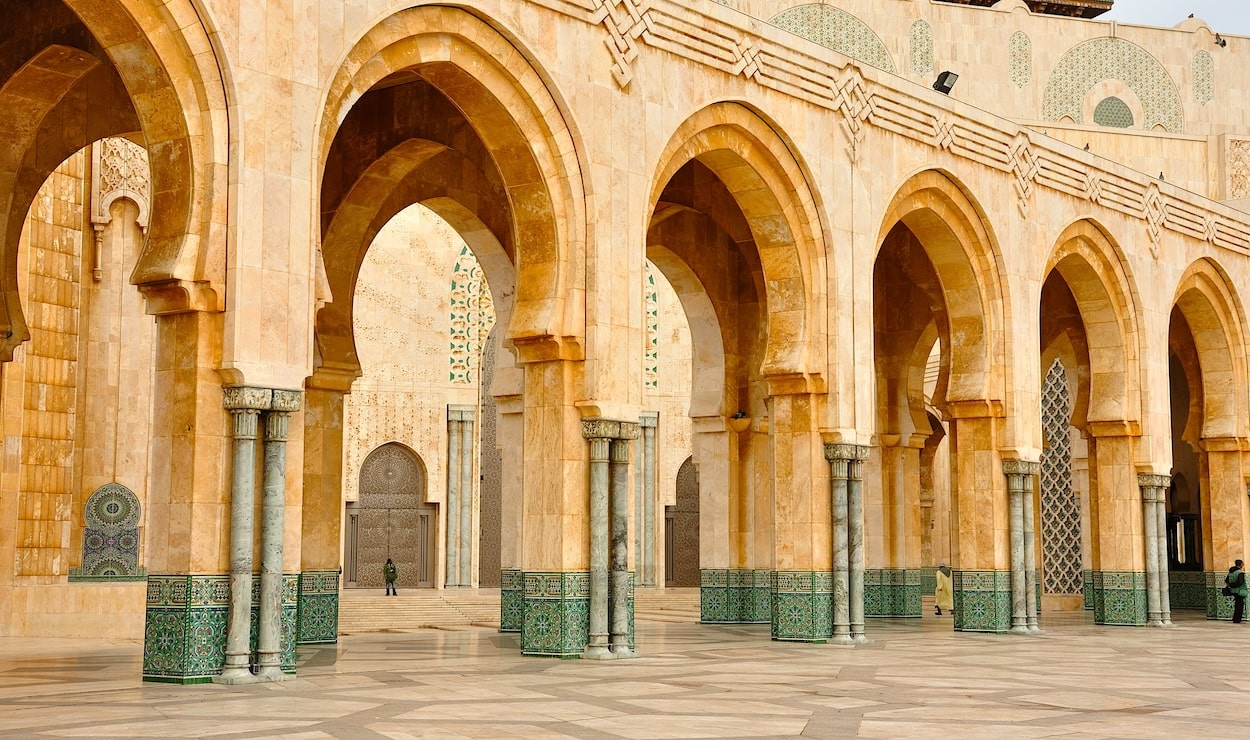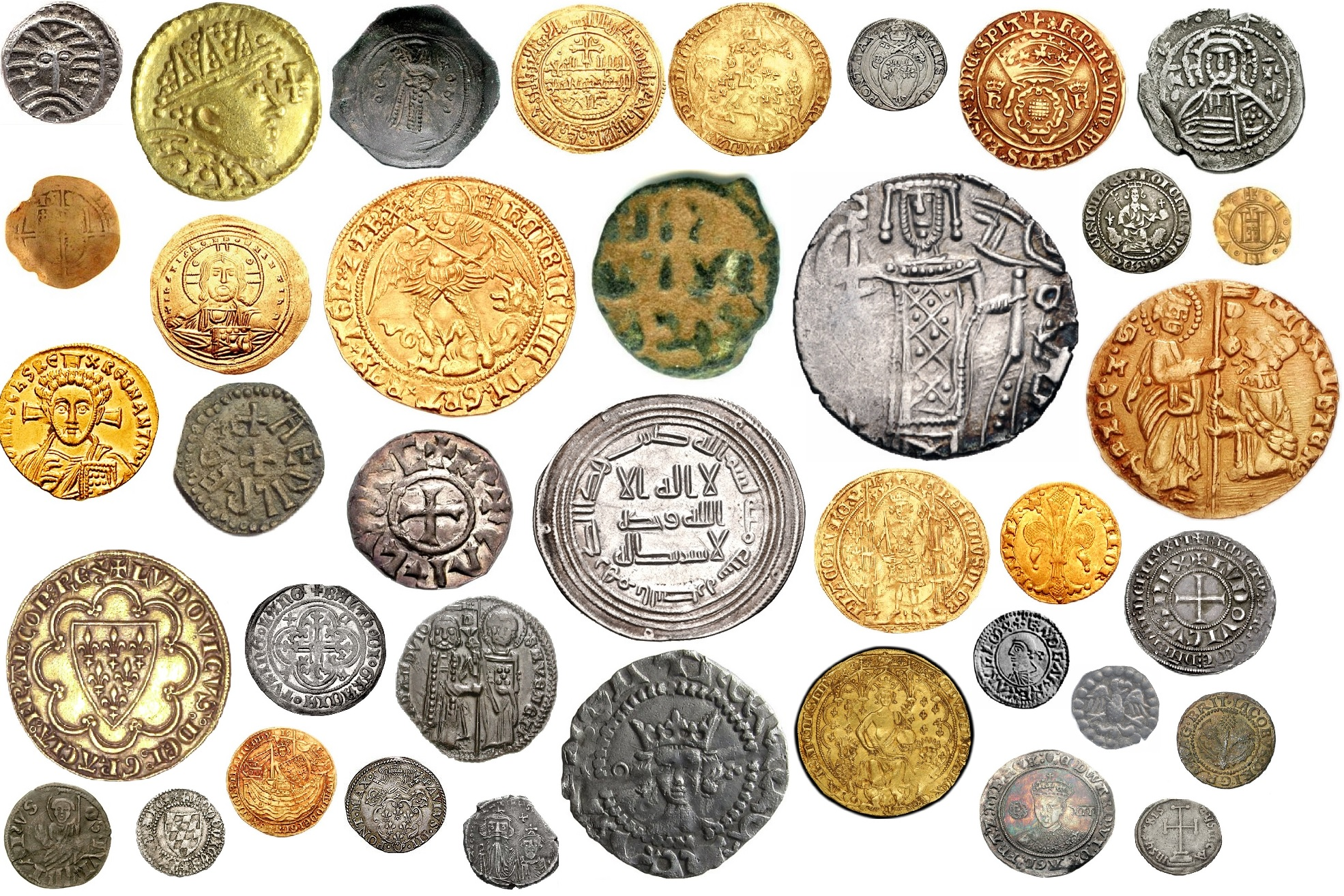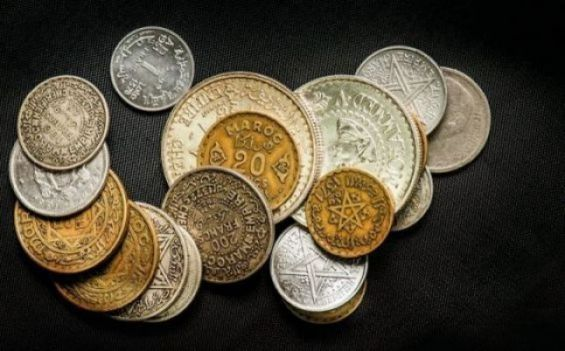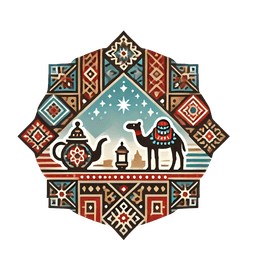- Published on
The History of Moroccan Currency From Ancient Times to Modern Dirham
- Authors

- Name
- Adil ABBADI
Introduction
Morocco's rich cultural heritage is reflected in its currency, which has undergone significant changes throughout its history. From ancient coins to modern banknotes, the story of Moroccan currency is a fascinating one, filled with influences from various empires, dynasties, and colonial powers. In this blog, we'll delve into the history of Moroccan currency, exploring its evolution from ancient times to the modern dirham.
- Ancient Times: The Era of Coins (8th century BCE - 7th century CE)
- The Middle Ages: The Rise of Islamic Coinage (7th century - 15th century)
- The Age of Exploration and Colonization (15th century - 20th century)
- Independence and the Introduction of the Dirham (1956 - present)
- Conclusion
- Celebrate Moroccan Heritage
Ancient Times: The Era of Coins (8th century BCE - 7th century CE)
In ancient Morocco, coins were the primary mode of currency. The earliest known coins were minted during the reign of the Phoenicians, who established the city of Lixus in modern-day Morocco around 800 BCE. These coins featured images of gods and goddesses, as well as mythological creatures.

As the Romans conquered Morocco, they introduced their own coinage system, which featured images of Roman emperors and deities. The Roman coinage system remained in place until the fall of the Roman Empire in the 5th century CE.
The Middle Ages: The Rise of Islamic Coinage (7th century - 15th century)
With the arrival of Islam in Morocco in the 7th century, Islamic coinage became the norm. The Umayyad Caliphate, which ruled Morocco during this period, introduced coins featuring Arabic inscriptions and Islamic symbols.

As the Marinid dynasty rose to power in the 13th century, they introduced a new coinage system featuring intricate designs and Arabic calligraphy. The Marinid dynasty's coins remained in circulation until the 15th century.
The Age of Exploration and Colonization (15th century - 20th century)
During the Age of Exploration, European powers, such as Portugal and Spain, began to colonize parts of Morocco. As a result, European currencies, including the Portuguese real and the Spanish peseta, became widely used in Morocco.

In the late 19th century, the French colonized Morocco and introduced the French franc as the official currency. The French franc remained in circulation until Morocco gained independence in 1956.
Independence and the Introduction of the Dirham (1956 - present)
After Morocco gained independence, the country introduced its own currency, the Moroccan dirham, in 1959. The dirham was pegged to the French franc and was divided into 100 santimat.

In 1970, the Moroccan government introduced the first banknotes, featuring images of King Hassan II and Moroccan landmarks. The dirham has undergone several redesigns since its introduction, with the most recent series of banknotes featuring modern security features and designs.

Conclusion
The history of Moroccan currency is a testament to the country's rich cultural heritage and its ability to adapt to changing times. From ancient coins to modern banknotes, the story of Moroccan currency is a fascinating one, filled with influences from various empires, dynasties, and colonial powers.
Celebrate Moroccan Heritage
Closing call-to-action regarding the importance of understanding and appreciating Moroccan history and culture.
As you explore Morocco, take note of the intricate designs and stories behind the coins and banknotes that have shaped the country's economy. By understanding the history of Moroccan currency, you'll gain a deeper appreciation for the country's rich cultural heritage and the people who call it home.
